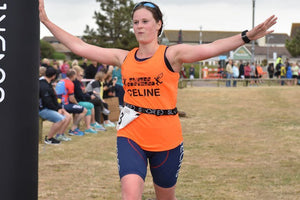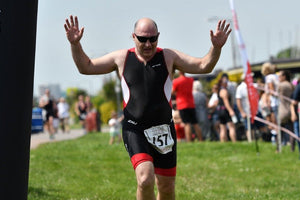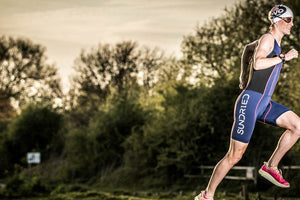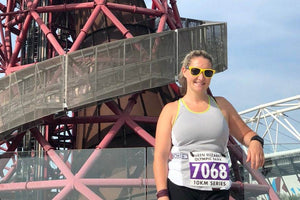Racing for Team GB in my age group in Standard Distance Duathlon has highlighted to me that being race-ready for an event requires a fine balance of a number of variables. The most challenging thing about racing is actually getting to the start line injury-free. Here are my top tips that helped me come home from the World Championships with a medal.
Make every training session count
As we know, life can be pretty busy what with juggling work, family and social life and time for exercise can be limited. Put together an achievable training plan which ensures every training session counts.
We know it takes six weeks to make those all important physiological changes to start seeing a difference in fitness and ability. When time is limited, you want to make all of your training sessions count, rather than sauntering along on the same ride or run at the same pace week in week out. The body responds well to change so mix up your route and your speed to allow for faster muscle development and improvement in performance.
As well as building up your mileage, one of the quickest and most effective ways to get fit is interval sessions. For the bike, these can be done indoors on a turbo trainer or outdoors running or cycling doing hill sessions.

Mix up your training with strength and core training
Training for an event shouldn’t all be about time on the bike or out running. I include regular strength & conditioning and core training sessions into my weekly training plan. This can vary from squats and deadlifts to more Pilates-specific core strengthening such as the plank and the bridge. These types of sessions not only make you stronger but also help with your biomechanics, technique, and reduce the risk of injury.
Try this Sundried core workout
Train like a pro: strength training for triathletes
Cyclists' leg strength workout

Recovery is as important as training
Look for signs of fatigue such as not being able to reach your target heart rates and suffering from heavy legs. Whilst you may feel you need to train to tick a session off, you’re better off resting and having a much more productive session the following day.
Sleep is key for recovery and performance; you should aim for 7-8 hours sleep each night. This amount of time has been linked to reducing your risk of injury and susceptibility to coughs and colds.
How often should I take a complete rest day?

Think about what you’re eating
Nutrition is equally important as training and recovery. Increase your protein intake when you’re training, this helps the muscles and tendons recover allowing you to train again more quickly and reduce the risk of overuse injuries. I also tend to eat protein before going to bed as overnight is the time when your body repairs itself.
It’s also important to get used to what you’re going to use for nutrition during the event. This is especially important for the longer distances and getting it right can make such a difference to your performance. There’s so many great products out there ranging from gels to bars, jellies to tablets. Whatever you choose, definitely try them before your event to make sure they agree with you. I personally choose the TORQ gels for my events. They’re naturally flavoured and contain no artificial sweeteners or colours. For a standard distance duathlon, I tend to have a Guarana fruits of the forest gel half an hour before I run for a quick caffeine boost. On the bike leg, I have three TORQ strawberry yogurt gels and one more Guarana gel before the second run.
How to make your own energy gels and bars

Practise with your kit
If you’re training for an event, it’s important to give yourself time to test out your kit. This includes everything from bike to shoes to tri suit and water bottle. I would incorporate this into my brick sessions which I do leading up to a race. This ensures you get a good feel of how your kit feels at race pace.

About the author: Kate Cadbury is a MCSP HPC Chartered Physiotherapist and Advanced APPI Pilates Instructor as well as a Team GB Age Group duathlete.








